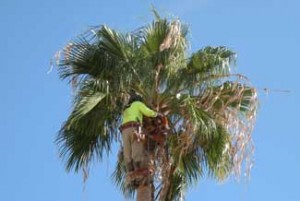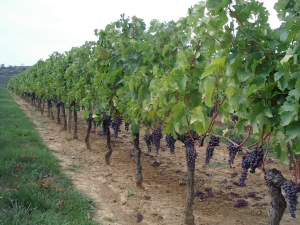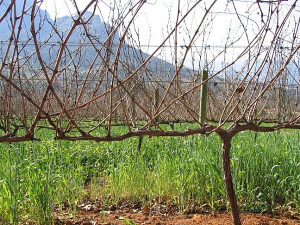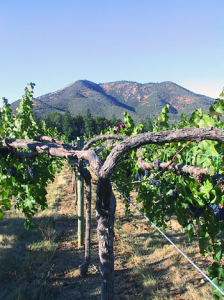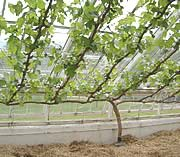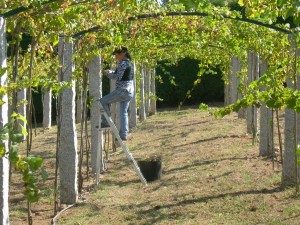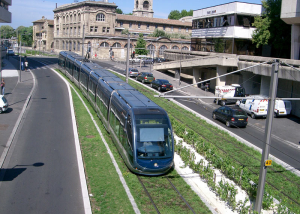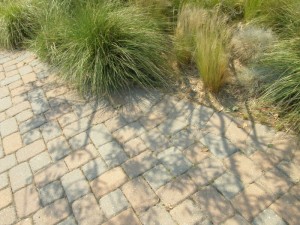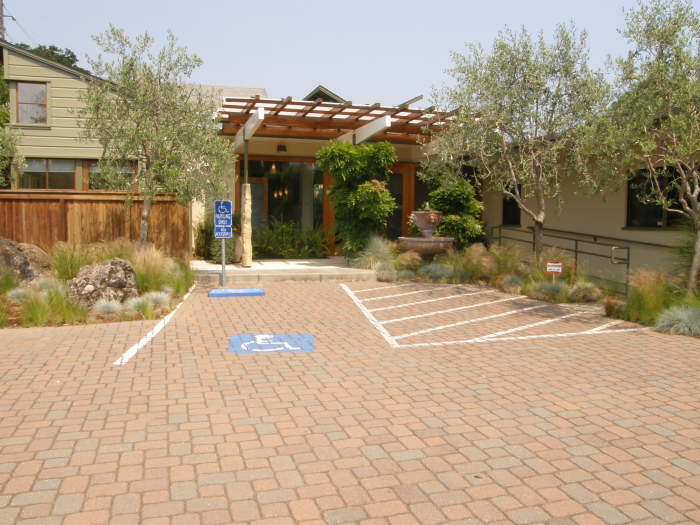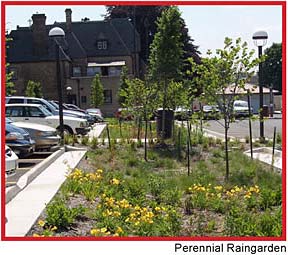March 3, 2010
DWR Announces Third Snow Survey Results Of 2009-2010 Winter Season
SACRAMENTO – Manual and electronic readings today indicate that water content in California’s mountain snowpack is 107 percent of normal for the date. This time last year, snow water content statewide was 80 percent of normal. “Today’s readings boost our hope that we will be able to increase the State Water Project allocation by this spring to deliver more water to our cities and farms,” said Department of Water Resources (DWR) Director Mark Cowin. “But we must remember that even a wet winter will not fully offset three consecutive dry years or pumping restrictions to protect Delta fish so we must continue to conserve and protect our water resources.”Lake Oroville, the State Water Project’s principal storage reservoir, is recovering slowly after three dry years. Despite recent storms, its storage level today is only 55 percent average for this time of year. It is also expected that dry soil conditions will absorb much of the snowpack’s water content that otherwise would help to replenish streams and reservoirs during the spring and early summer melt.
On February 26, the State Water Project allocation was increased from 5 to 15 percent of requested amounts. If wet weather continues, the final allocation this spring likely will be in the range of 35-45 percent of requested amounts. The figure will partially be determined by how the fishery agency restrictions on pumping are applied, which will determine how much flexibility DWR has to export water from the Delta.
In 2009, the State Water Project delivered 40 percent of customer requests. The federal Central Valley Project in 2009 was only able to deliver 10 percent of contracted amounts to some agricultural areas in the San Joaquin Valley. The reduced deliveries were due both to dry weather and fishery agency pumping restrictions to protect fish species; principally Delta smelt, salmon, and longfin smelt.
The average of final State Water Project allocations over the past 10 years has been 68 percent of the amount requested by the 29 public agencies with long-term contracts to purchase SWP water.
Results of today’s manual snow survey by the Department of Water resources off Highway 50 near Echo Summit are as follows:
Location Elevation Snow Depth Water Content % of Long Term Average
Alpha 7,600 feet 74.3 inches 26.2 inches 94
Phillips Station 6,800 feet 76.3 inches 25.1 inches 102
Lyons Creek 6,700 feet 79.4 inches 26.9 inches 105
Tamarack Flat 6,500 feet 77.8 inches 26.2 inches 112
Electronic sensor readings show northern Sierra snow water equivalents at 126 percent of normal for the date, central Sierra at 93 percent, and southern Sierra at 109 percent. The sensor readings are posted at http://cdec.water.ca.gov/cgiprogs/snow/DLYSWEQ.
Importance of Snow Surveying
Snow water content is important in determining water supply. The measurements help hydrologists prepare water supply forecasts as well as provide others, such as hydroelectric power companies and the recreation industry, with needed data. Monitoring is coordinated by the Department of Water Resources as part of the multi-agency California Cooperative Snow Surveys Program. Surveyors from more than 50 agencies and utilities visit hundreds of snow measurement courses in California’s mountains to gauge the amount of water in the snowpack.
The Department of Water Resources operates and maintains the State Water Project, provides dam safety and flood control and inspection services, assists local water districts in water management and water conservation planning, and plans for future statewide water needs. Contact the DWR Public Affairs Office for more information about DWR’s water activities.


